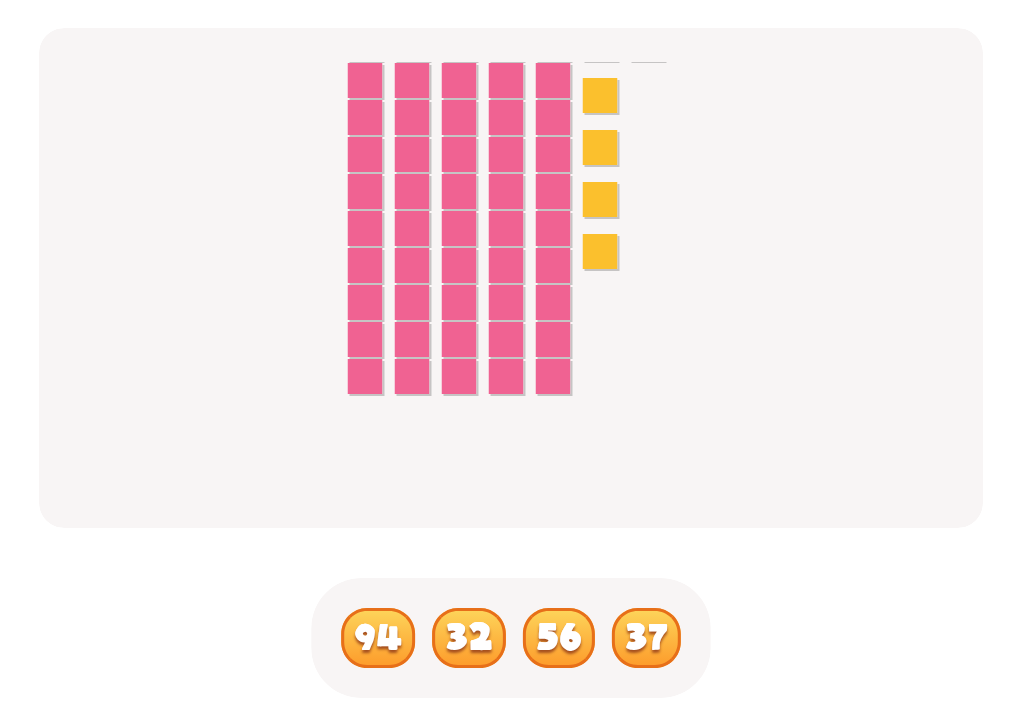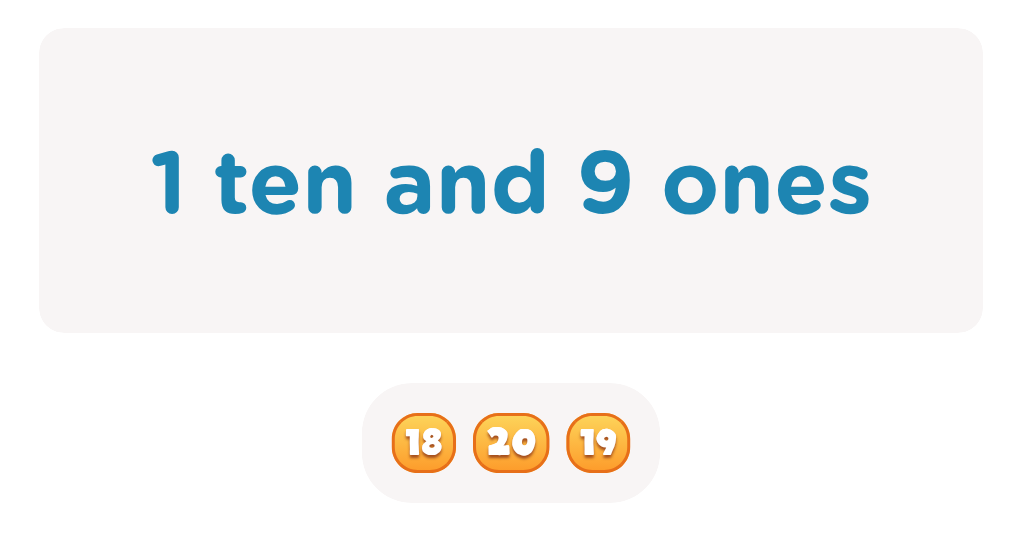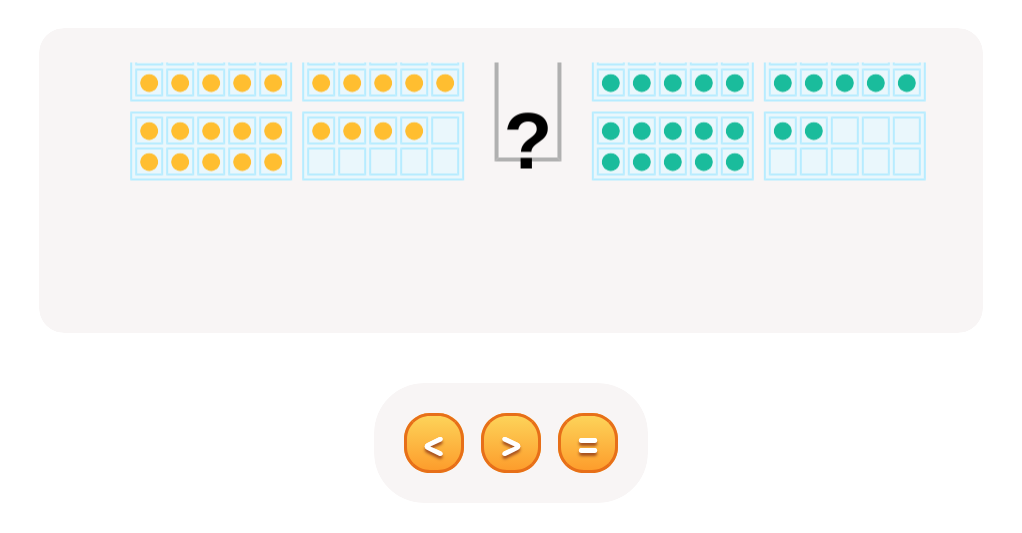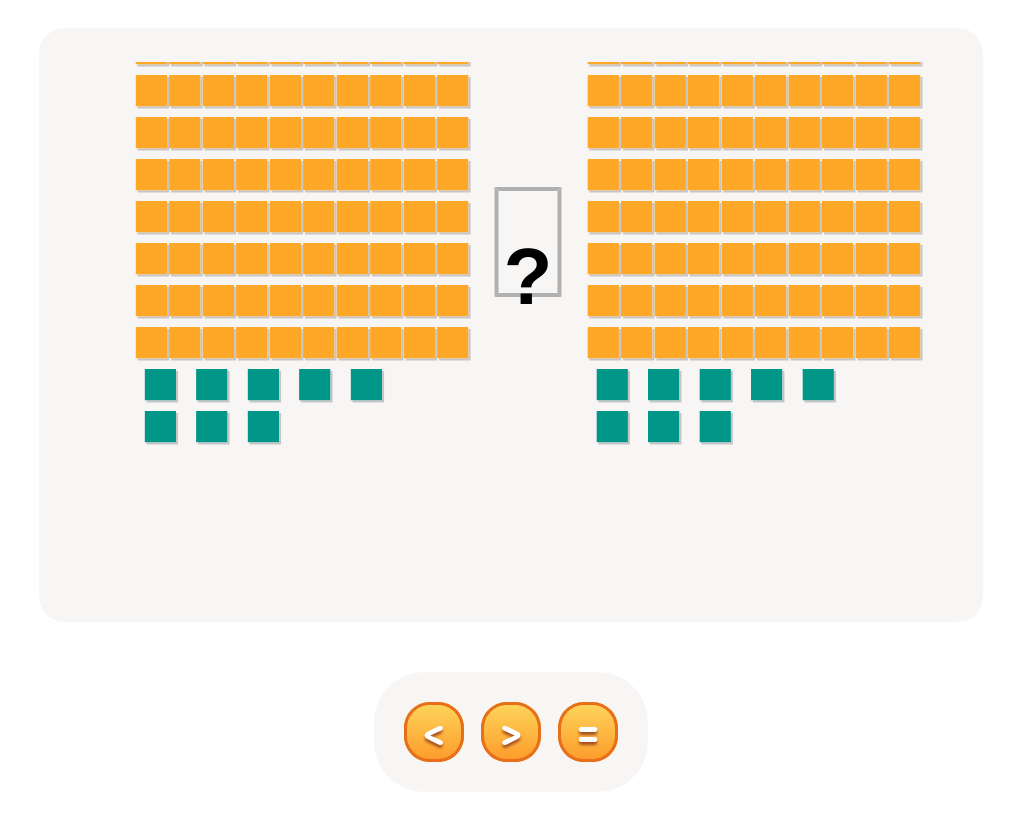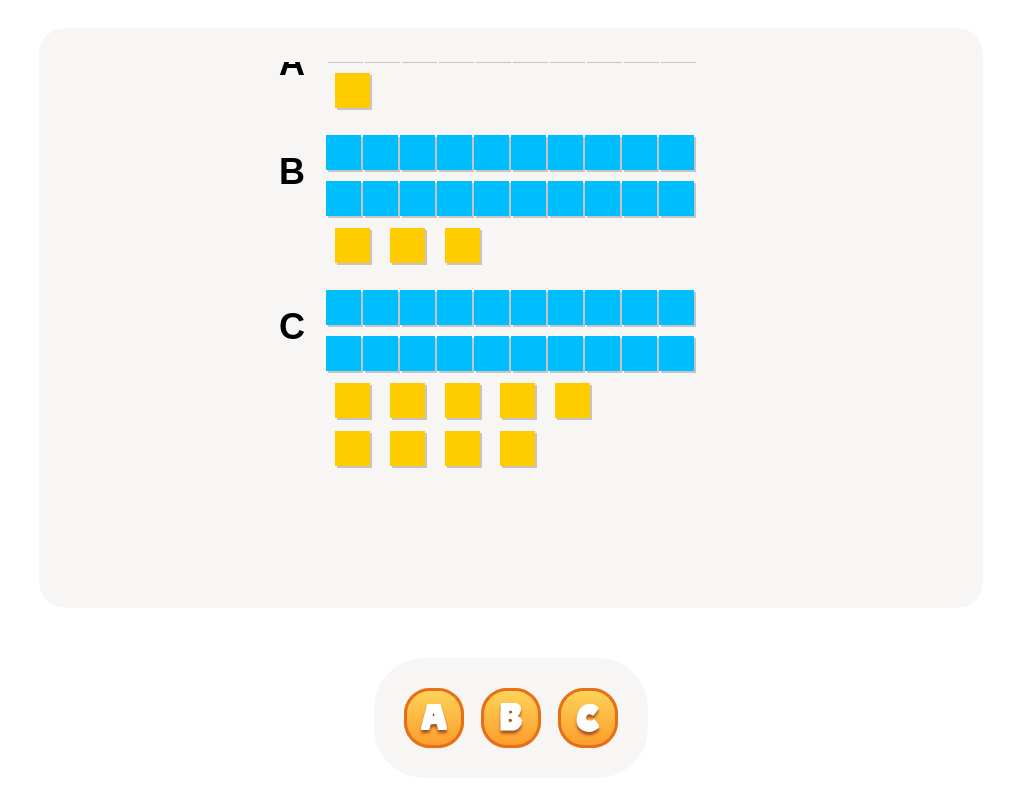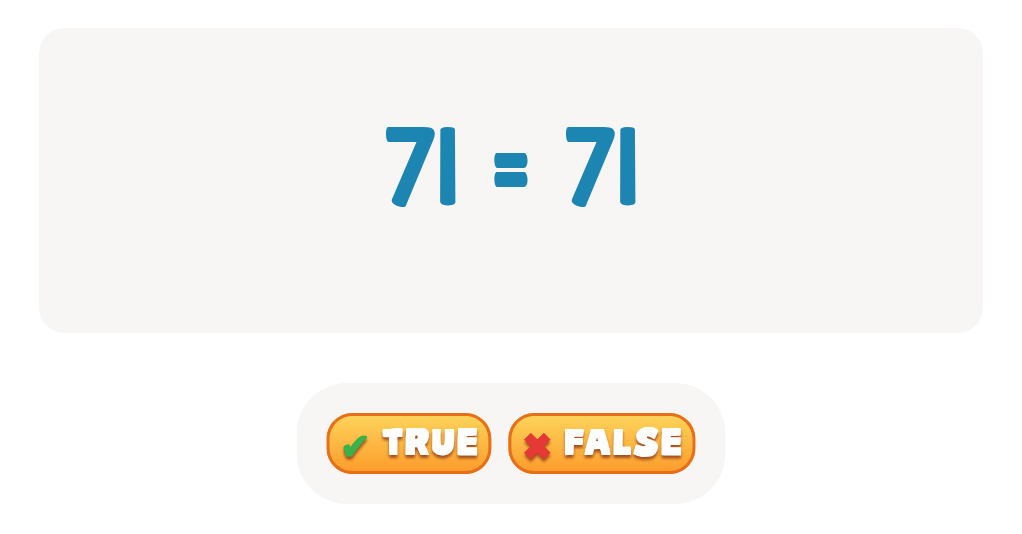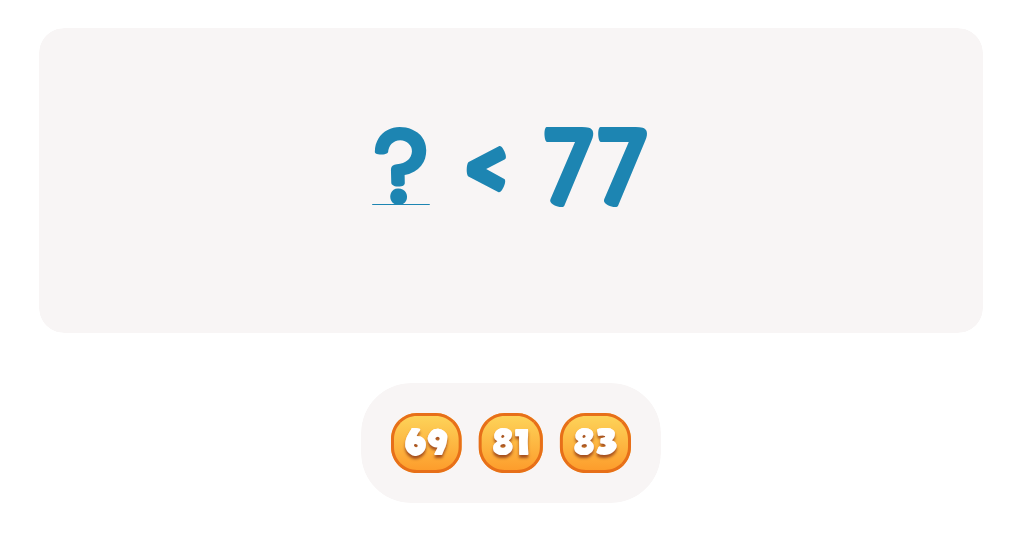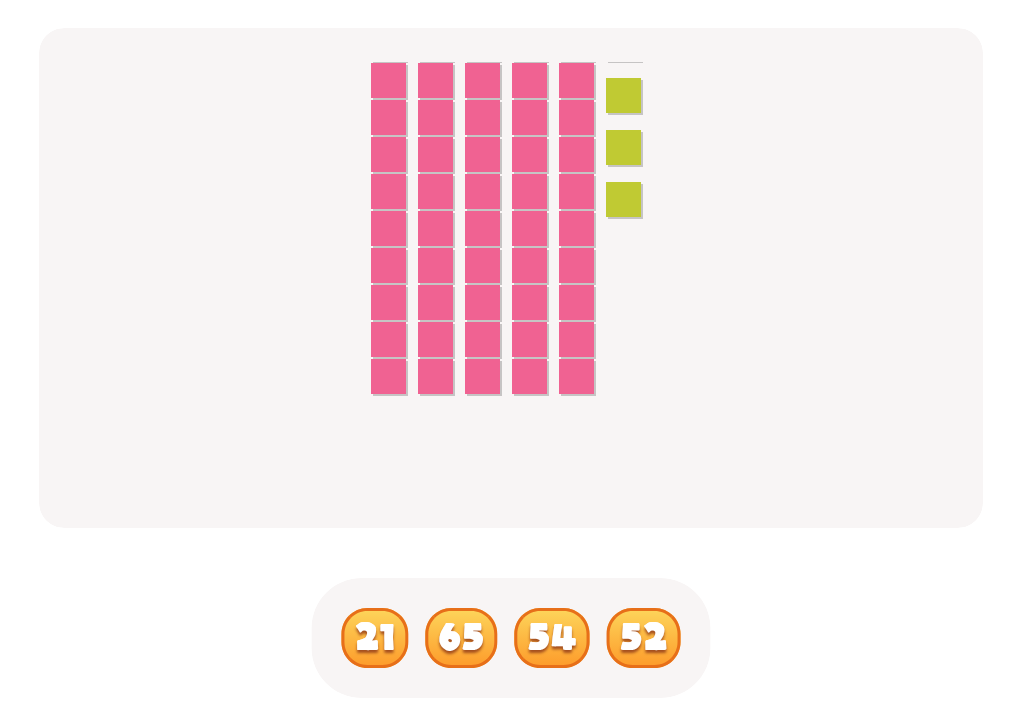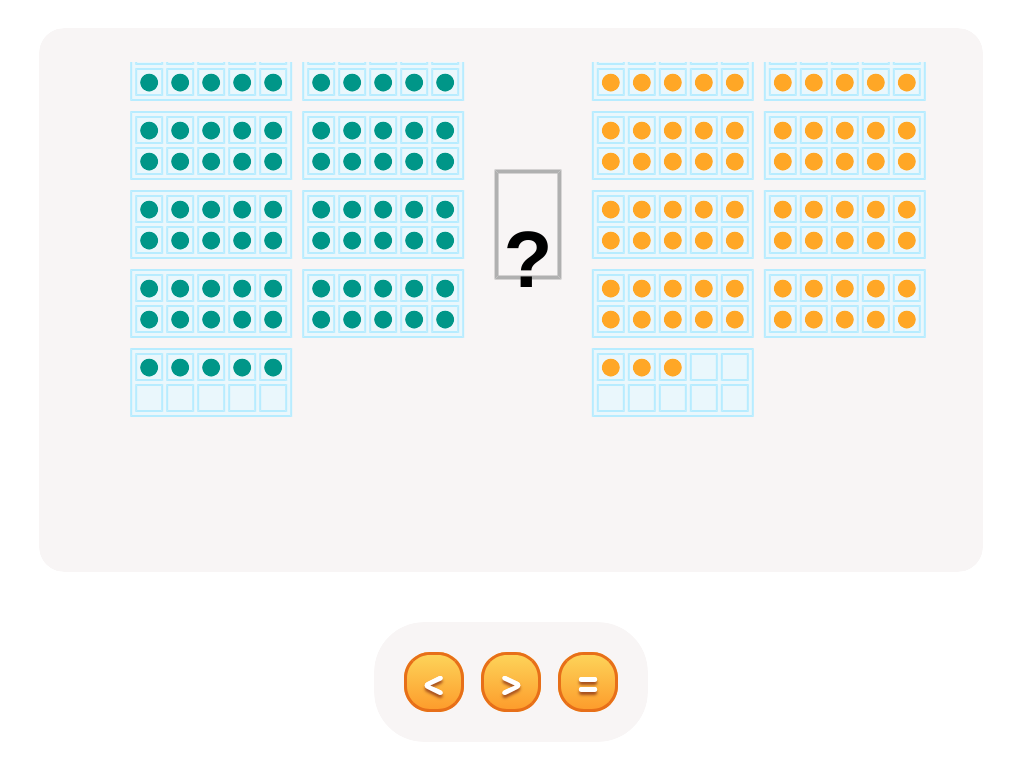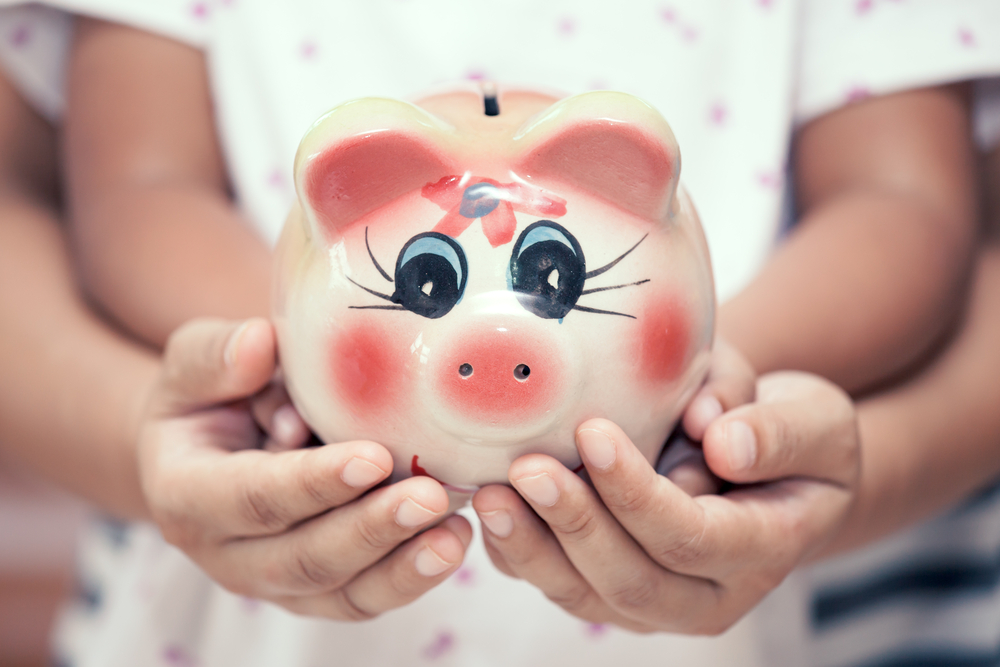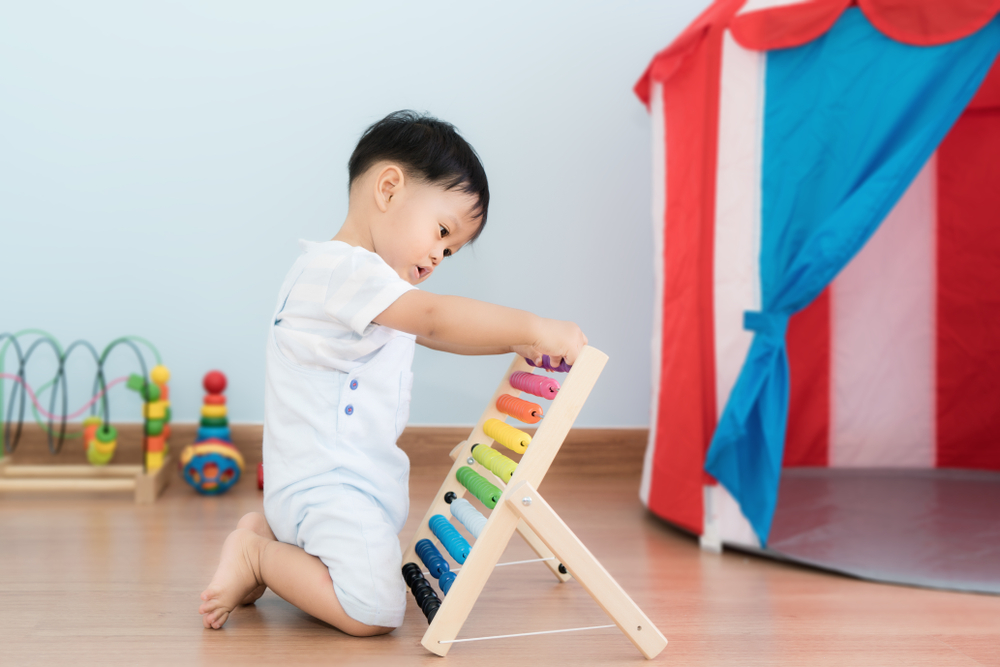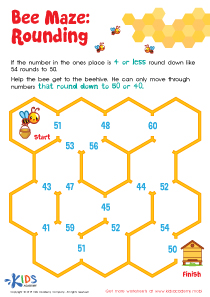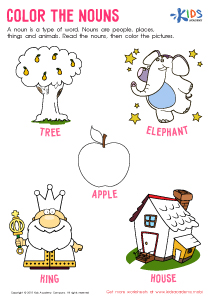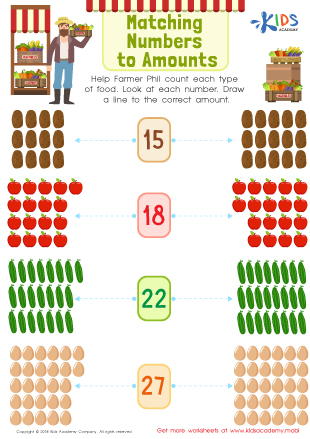Basic Math Skills Place Value Worksheets for Ages 6-8
5 filtered results
-
From - To
Discover engaging Place Value worksheets designed specifically for children aged 6-8 at Kids Academy! Our activities focus on fundamental math skills, helping young learners master the concept of place value through fun and interactive exercises. Each worksheet encourages students to identify, compare, and manipulate numbers, reinforcing their understanding of units, tens, and hundreds. Tailored to cater to different learning styles, these printable resources make math enjoyable and accessible. Whether at home or in the classroom, our Place Value worksheets offer a comprehensive approach to developing essential math skills that set the foundation for future success. Start fostering a love for math today!


Comparing Number Representations Worksheet
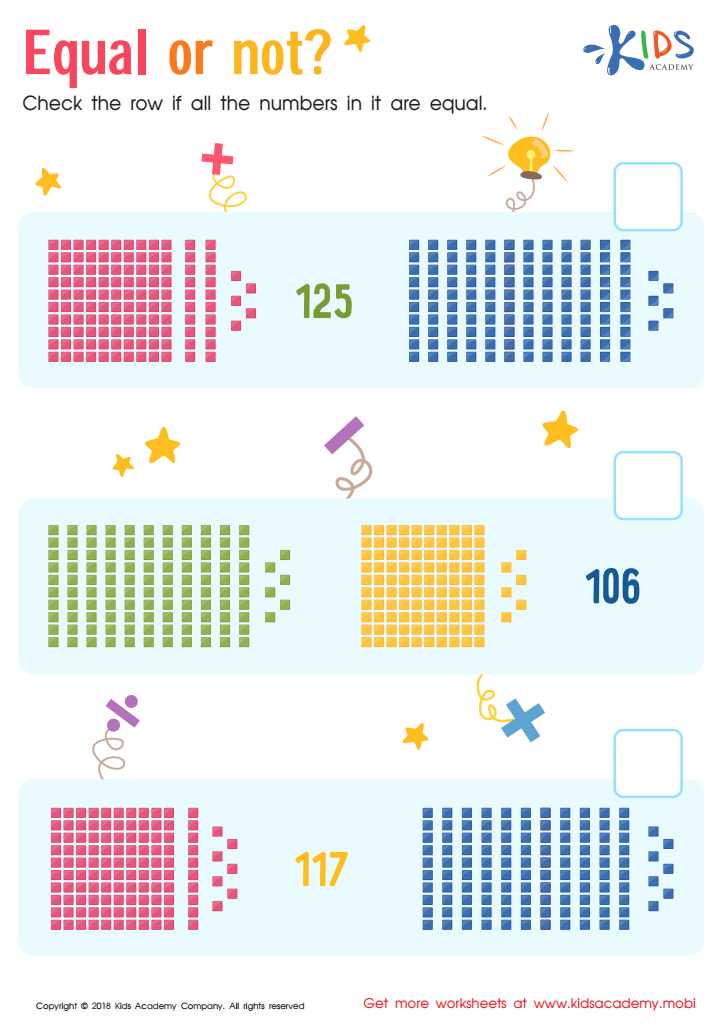

Equal or not Worksheet
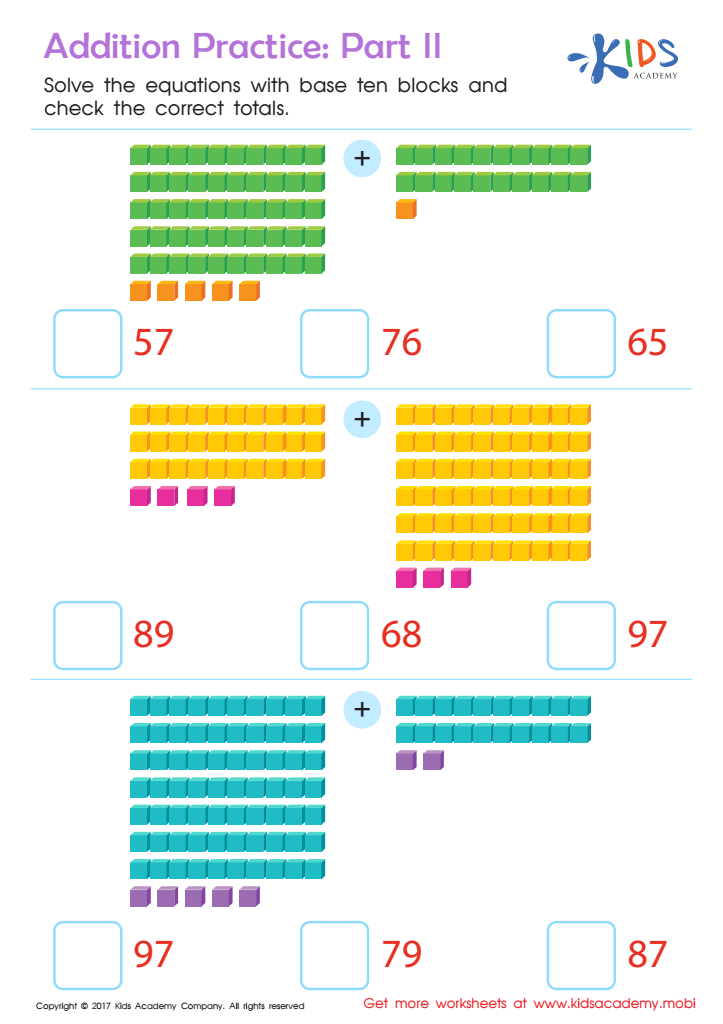

Addition Practice Sheet: Part 2
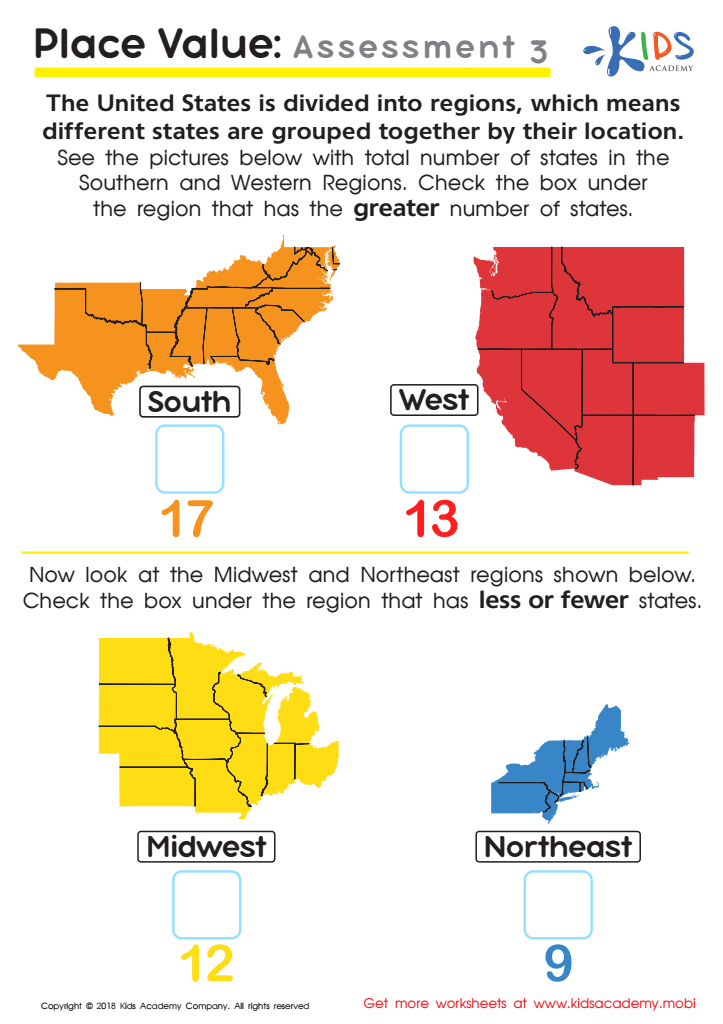

Place Value: Assessment 3 Worksheet
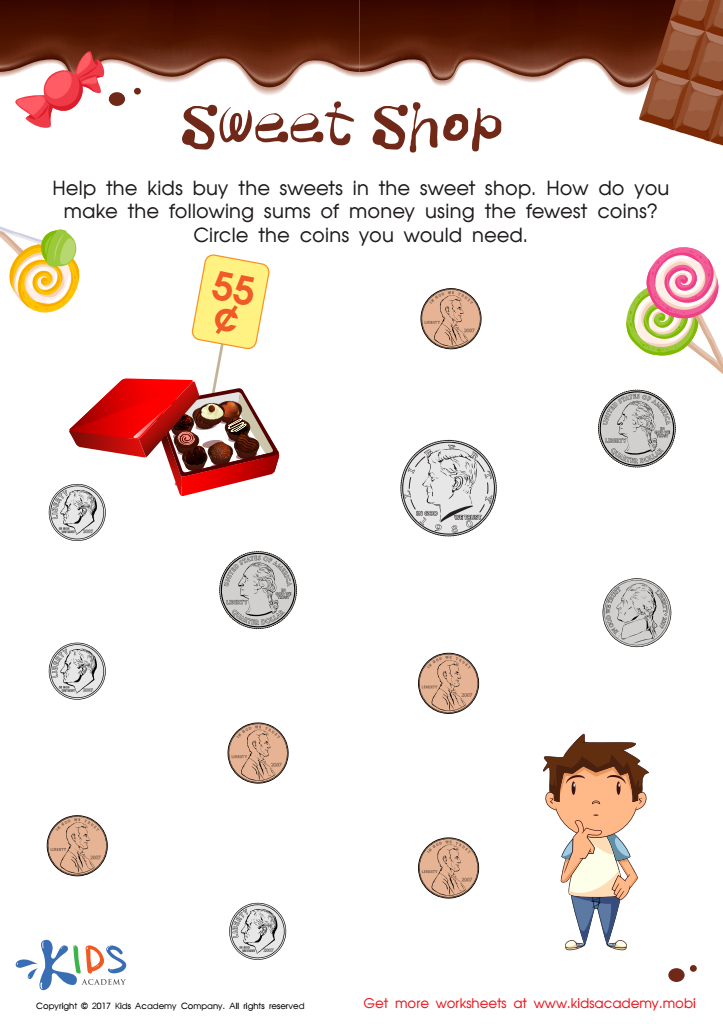

Sweet Shop – Counting Coins Worksheet
Basic math skills, particularly understanding place value, are crucial for children aged 6-8 as they lay the groundwork for all future mathematical learning. Place value teaches students that the position of a digit in a number determines its value, which is foundational for mastering larger numbers and operations like addition and subtraction.
When parents and teachers prioritize place value, they help children develop strong numeracy skills necessary for everyday life. A solid grasp of place value enables children to grasp concepts like regrouping in addition or borrowing in subtraction, which are essential for more complex arithmetic. This understanding also supports their ability to tackle fractions, decimals, and even introductory concepts in algebra.
In addition to mathematical competencies, place value plays a role in boosting students' confidence. When they understand how numbers work, they are more likely to engage in mathematical tasks, participate in class discussions, and approach problem-solving with a positive attitude. Engaging in interactive activities such as place value games and manipulatives can make learning exciting. By emphasizing the importance of place value, parents and teachers empower children to navigate mathematics more effectively, setting them up for academic success and real-world problem-solving skills.
 Assign to My Students
Assign to My Students
